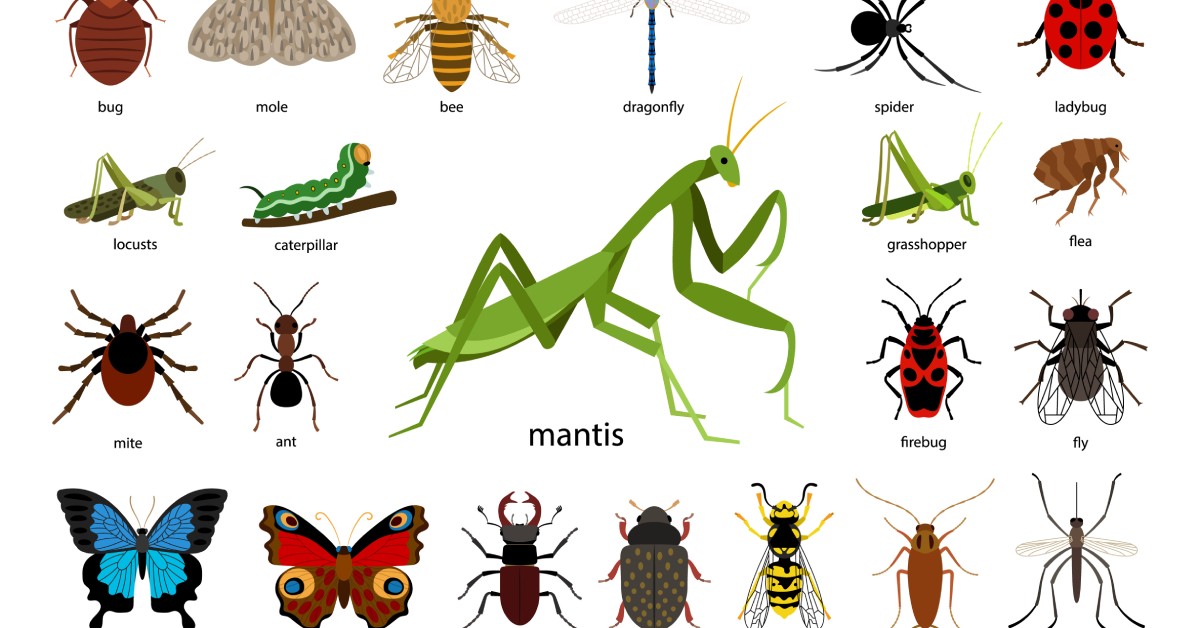
Death is an inevitable part of life, and while it’s often a topic we avoid, understanding what happens post-mortem can be both fascinating and important. Forensic scientists and law enforcement professionals rely on this knowledge to solve crimes and bring closure to families. These are a few of the factors that affect the rate of human decomposition, along with insights into how bodies break down over time.
1. Temperature

Temperature plays a significant role in the rate of human decomposition. Warmer temperatures accelerate the process, causing the body to decompose more quickly. This is because heat promotes the activity of bacteria and enzymes, which break down tissues.
Colder temperatures slow down these biological processes, which preserves the body for a longer period. This is why bodies found in icy conditions, such as mountaineers lost in snowstorms, typically look well-preserved even after many years.
2. Humidity
Humidity levels also impact how quickly a body decomposes. High humidity creates a moist environment that encourages bacterial growth and insect activity, both of which speed up decomposition.
In a humid climate, a body can become skeletonized within weeks. Conversely, low humidity can lead to desiccation, where the body dries out and decomposes more slowly.
In arid environments, the lack of moisture can cause the body to mummify. The skin and tissues dry out and harden, which slows down the overall decomposition process. This natural preservation can provide forensic scientists with more information about the deceased, even long after death.
3. Oxygen Availability
Oxygen is a big factor that affects the rate of human decomposition. Aerobic bacteria, which require oxygen, are more efficient at breaking down organic matter. Therefore, when exposed to air, a body will decompose faster. In contrast, anaerobic conditions, such as those found underwater or buried deep in soil, slow down decomposition.
A body deprived of oxygen leads to anaerobic bacteria taking over. These bacteria are less efficient and produce foul-smelling gases, such as methane and hydrogen sulfide. This slower decomposition can make it more challenging for forensic experts to determine the exact time of death, which can complicate investigations.
4. Presence of Insects

Insects, particularly flies and beetles, are among the first to arrive at a decomposing body. They lay eggs in natural openings and wounds, and their larvae consume the soft tissues. This process, known as entomology, significantly accelerates decomposition.
Insects and a decomposing body can be a biohazard issue due to the potential spread of disease and contamination. For example, flies, whose presence is often a key indicator of an unattended death, are notorious carriers of bacteria, viruses, and parasites. As such, unattended death cleanup is often carried out by professionals, like Affinity Bio Solutions, who have the training and certification to handle these situations.
5. Clothing
The type and amount of clothing on a body can affect the rate of decomposition. Clothing can offer protection from insects and environmental factors, slowing down the process. Cotton and wool fabrics decompose along with the body, while synthetic materials, such as polyester, may last longer and alter the decomposition environment.
Clothing can also trap moisture and create microenvironments that either accelerate or decelerate decomposition. For example, a tightly wrapped body may trap heat and moisture, speeding up bacterial activity.
6. Burial Depth
Shallow graves expose the body to more oxygen and insect activity, leading to faster decomposition. Deep burials limit these factors and slow down the process.
The type of soil also plays a role. Sandy soils, which drain quickly, may mummify the body, while clay-rich soils retain moisture, promoting bacterial growth. Additionally, the presence of roots and other organisms in the soil can either facilitate or hinder decomposition.
7. Body Size and Weight
When it comes to size and weight, larger bodies have more tissue for bacteria and insects to consume, potentially causing bodies to decompose faster. However, excess body fat can act as an insulator, slowing down the initial stages of decomposition.
Fatty tissues also undergo a specific type of decomposition known as adipocere formation or “grave wax.” This occurs in moist environments and can preserve the body for an extended period. Understanding these variations helps forensic scientists make more accurate estimations about the time since death.
8. Cause of Death
A death involving traumatic injuries, such as gunshot wounds or stabbings, provides entry points for bacteria and insects, which accelerates decomposition. A natural death without external injuries may result in a slower process.
Certain diseases and medications can also influence decomposition. For example, individuals who die from sepsis or other infections may decompose faster due to the high levels of bacteria present in their bodies at the time of death. Those who succumbed to poisoning might decompose more slowly due to the presence of toxins that inhibit bacterial growth.
9. Altitude
Higher altitudes with lower oxygen levels and cooler temperatures can significantly slow down decomposition because it limits bacterial and insect activity. However, altitude can also accelerate decomposition in some cases.
Bodies left on mountain peaks or exposed to extreme weather conditions may undergo freeze-thaw cycles that break down tissues more quickly. Additionally, higher altitudes may have different types of bacteria and insects that are better adapted to the environment and can decompose the body faster.
10. Scavenger Activity
Scavenger animals, such as rodents and birds, can accelerate decomposition by consuming body tissues. This activity speeds up the breakdown of the body and also complicates the forensic examination by scattering remains.
Forensic scientists must carefully assess scavenger damage to avoid misinterpreting it as trauma inflicted before death. Understanding the local wildlife and their habits can provide valuable insights into the timing and circumstances of decomposition.
11. Chemical Exposure
Exposure to chemicals can either accelerate or decelerate decomposition. For instance, embalming fluids used in funeral homes preserve the body by inhibiting bacterial activity. Exposure to other chemicals, such as industrial pollutants, can speed up decomposition by breaking down tissues at a molecular level.
12. Water Submersion
Bodies submerged in water decompose differently than those on land. Water temperature, salinity, and the presence of aquatic organisms all influence the rate of decomposition.
Generally, colder water slows down the process, while warmer water speeds it up. Additionally, bodies submerged in saltwater may decompose differently from those in freshwater due to the varying bacterial communities.
Understanding the factors that influence human decomposition provides insights for various fields, from forensic science to anthropology. By studying these elements, experts can make more accurate determinations about the post-mortem interval, helping to solve crimes and bring closure to grieving families. If you’re in need of death cleanup services, Affinity Bio Solutions is available to help you during this challenging time.
